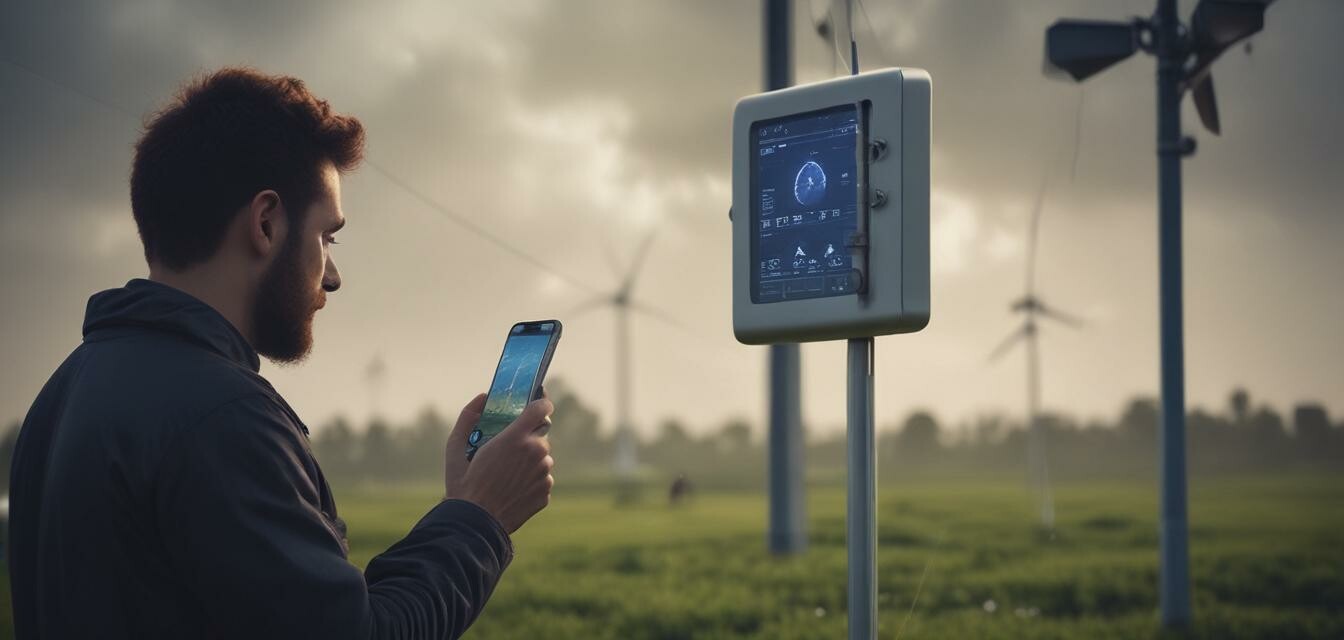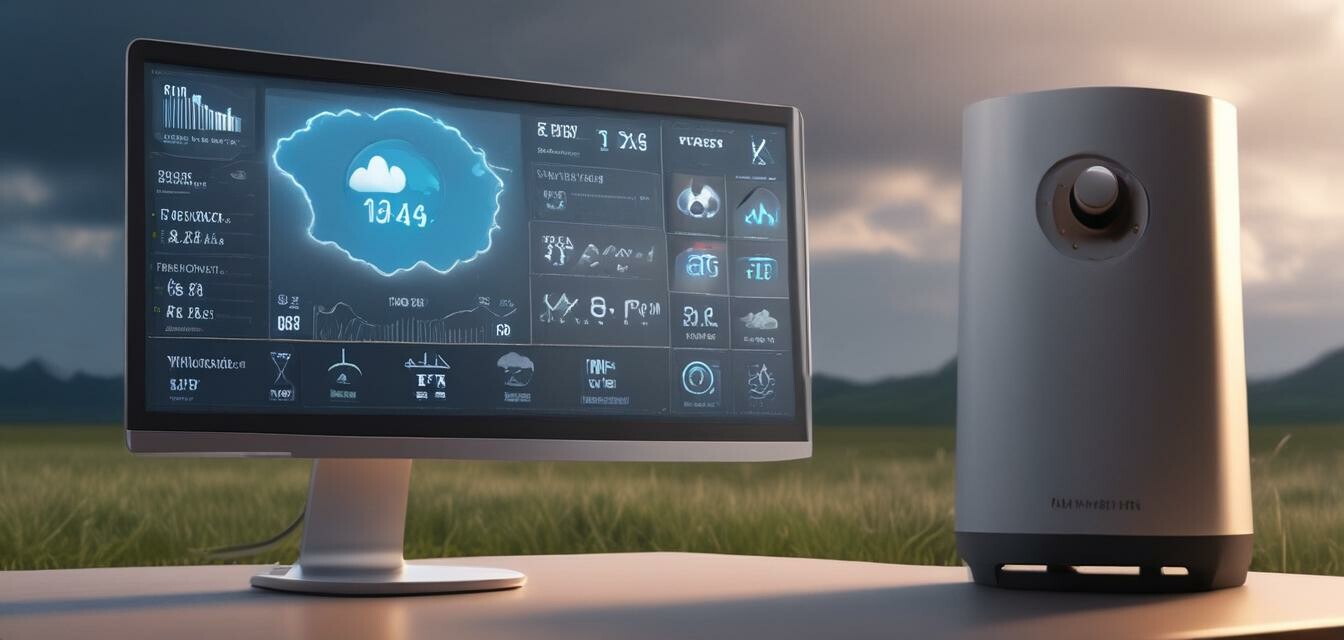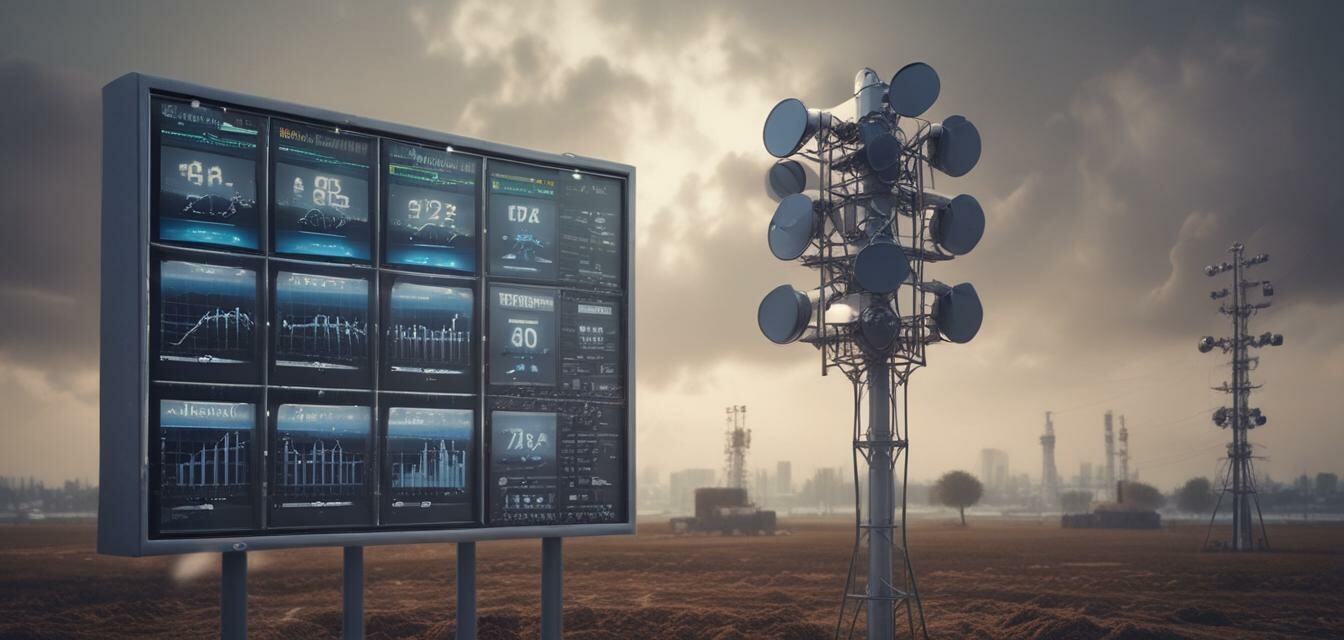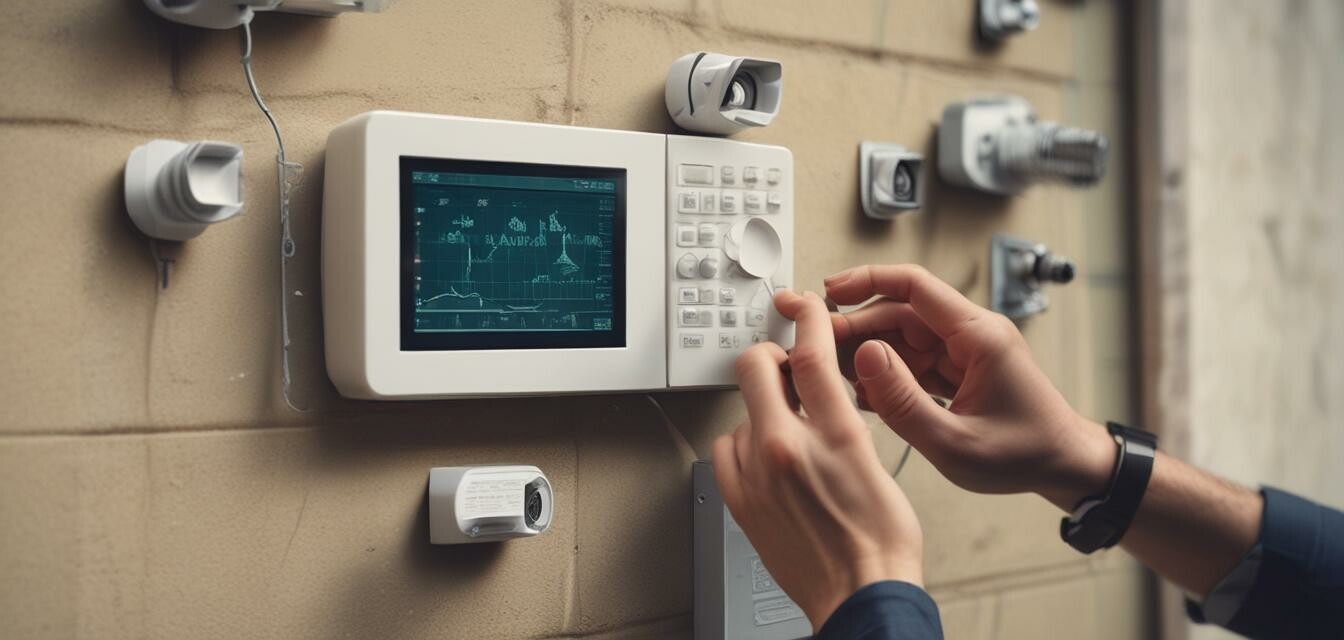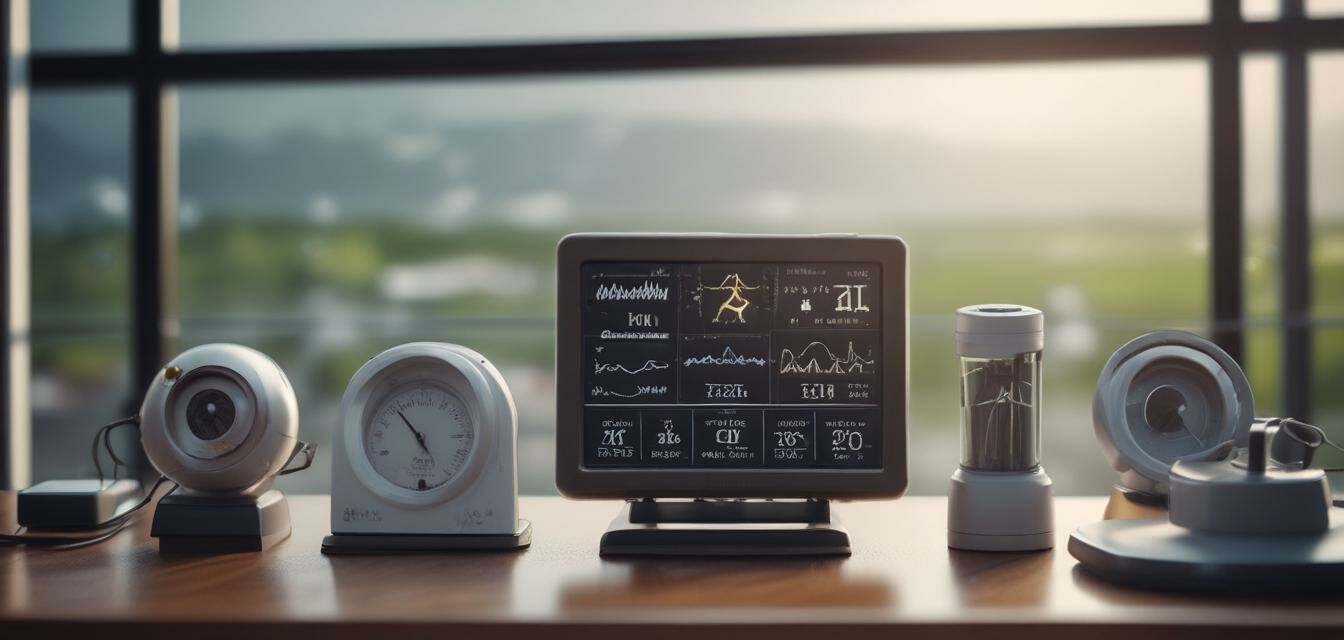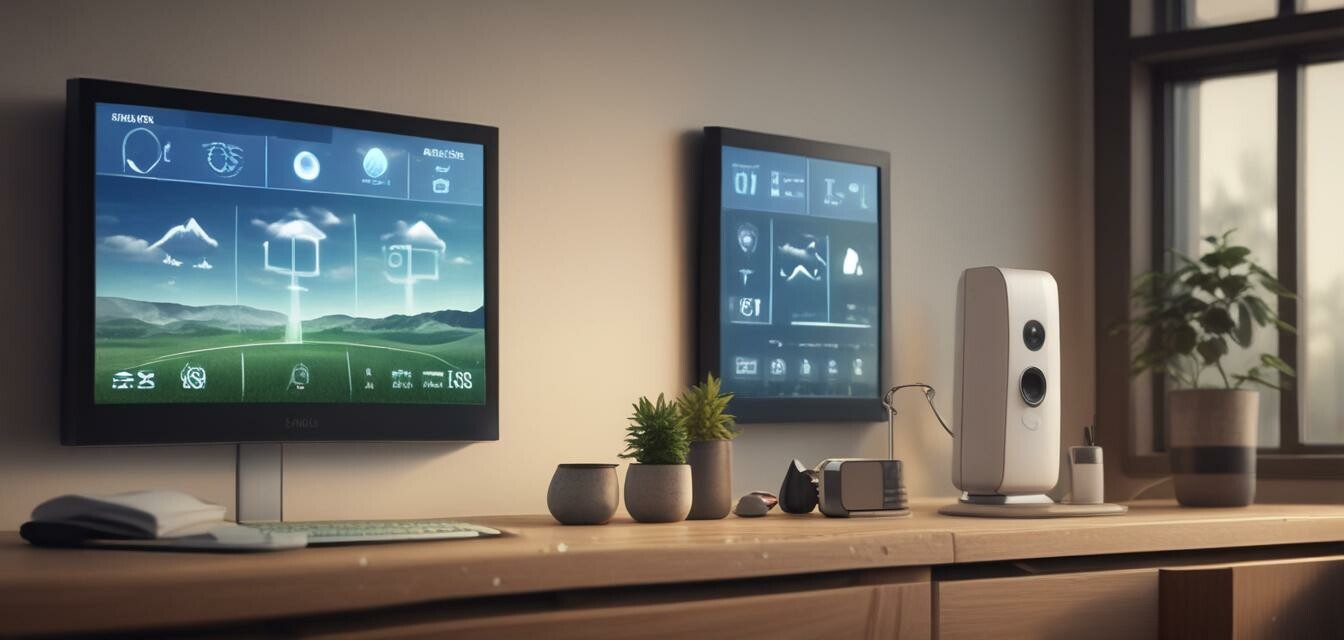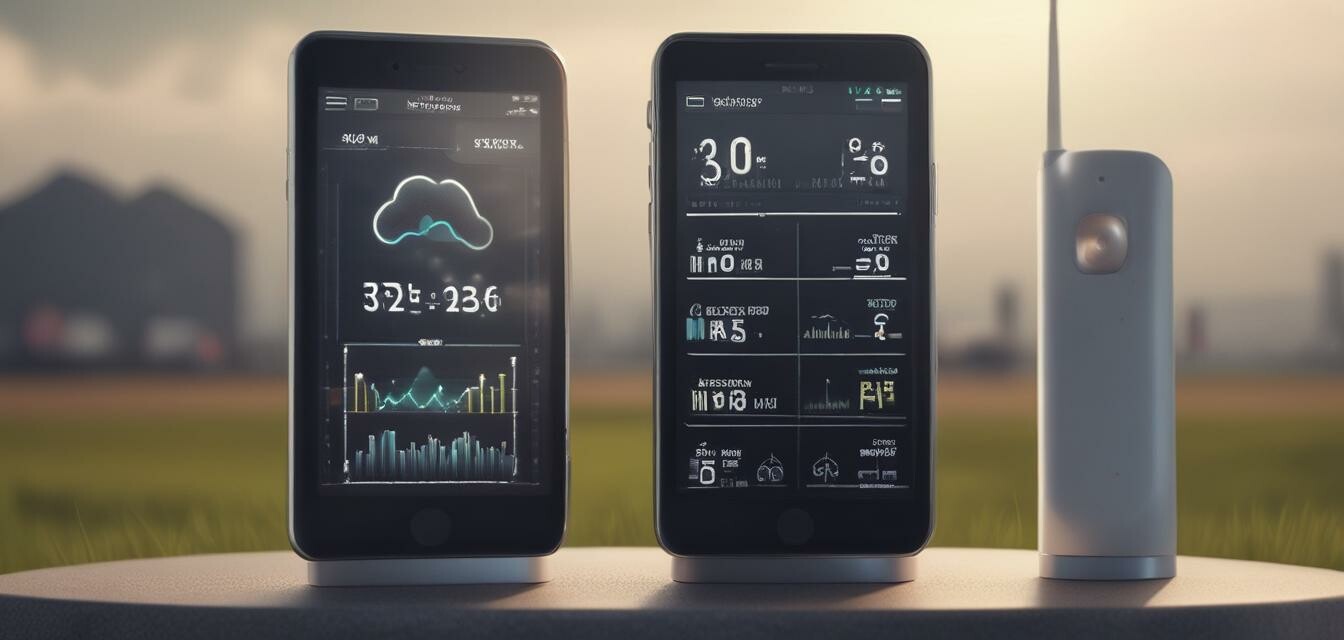
Mobile Connectivity and Apps: Revolutionizing Weather Station Experience
Weather stations have come a long way, and one of the most significant advancements is the integration of mobile connectivity and apps. This feature has transformed the way we monitor and interact with weather data, making it more accessible and convenient than ever. In this article, we'll delve into the world of mobile apps and connectivity features for weather stations, exploring their benefits, types, and what to look for when choosing a weather station with mobile connectivity.
Key Takeaways
- Mobile connectivity allows for real-time weather data monitoring and notifications
- Weather station apps provide personalized weather forecasts, alerts, and insights
- Types of mobile connectivity include Wi-Fi, Bluetooth, and cellular connectivity
- When choosing a weather station, consider the app's features, compatibility, and user reviews
Benefits of Mobile Connectivity in Weather Stations
Mobile connectivity has opened up a world of possibilities for weather station enthusiasts. With real-time data monitoring and notifications, you can stay ahead of the weather game, receiving critical updates and alerts directly on your smartphone. This feature is particularly useful for:
- Severe weather warnings and alerts
- Monitoring weather conditions remotely
- Receiving personalized weather forecasts and insights
Types of Mobile Connectivity in Weather Stations
Weather stations can connect to your smartphone or tablet through various means, each with its advantages and limitations. The most common types of mobile connectivity include:
| Connectivity Type | Advantages | Limitations |
|---|---|---|
| Wi-Fi | Fast data transfer, low power consumption | Requires router proximity, may experience interference |
| Bluetooth | Low power consumption, easy pairing | Short range, may experience interference |
| Cellular | Wide coverage, no router required | May incur data charges, depends on cellular signal strength |
Weather Station Apps: What to Expect
Weather station apps are designed to provide a seamless user experience, offering a range of features and insights to enhance your weather monitoring experience. Some common app features include:
- Real-time weather data monitoring
- Personalized weather forecasts and alerts
- Data analytics and insights
- Remote monitoring and control
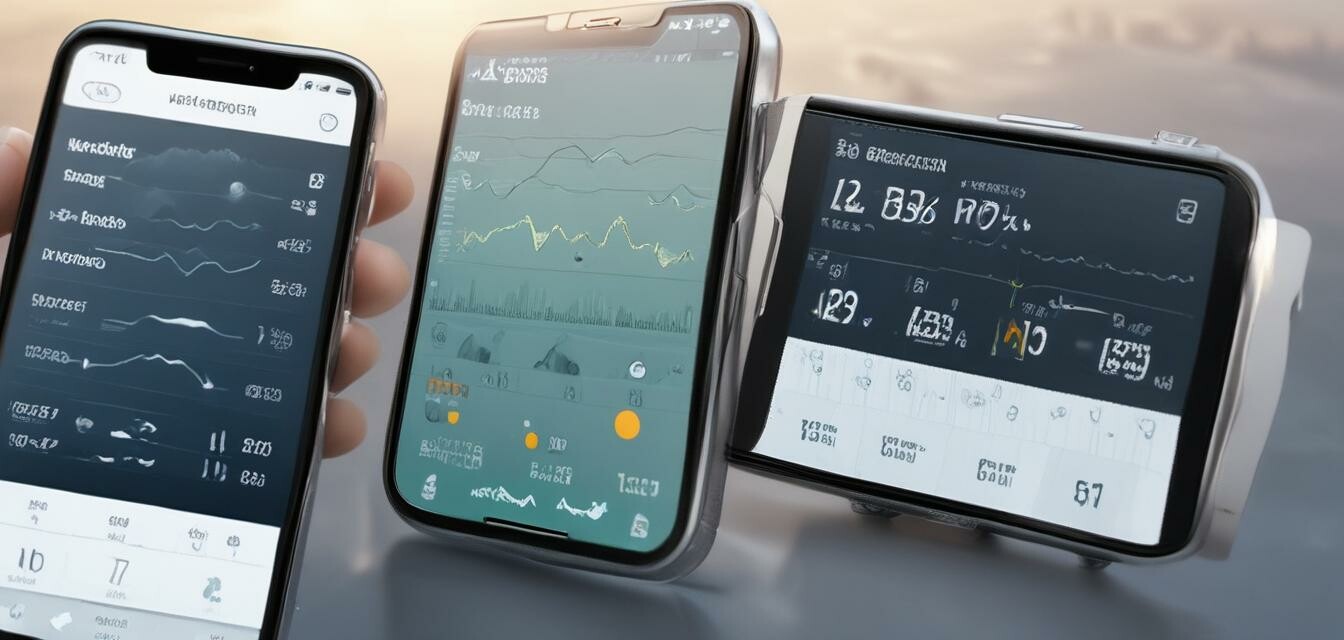
Choosing the Right Weather Station with Mobile Connectivity
When selecting a weather station with mobile connectivity, consider the following factors:
- App features and compatibility
- User reviews and ratings
- Connectivity type and range
- Data accuracy and reliability
Beginners Section: Getting Started with Mobile Connectivity
- Check your weather station's compatibility with your smartphone or tablet
- Download and install the weather station app
- Follow the app's instructions for pairing and setup
Pros
- Real-time weather data monitoring
- Personalized weather forecasts and alerts
- Remote monitoring and control
Cons
- Dependence on internet connectivity
- Potential data charges for cellular connectivity
- Interference or connectivity issues
Mobile connectivity has revolutionized the way we interact with weather stations, providing a convenient and accessible way to monitor and analyze weather data. By understanding the benefits, types, and features of mobile connectivity, you can make an informed decision when choosing a weather station that suits your needs.
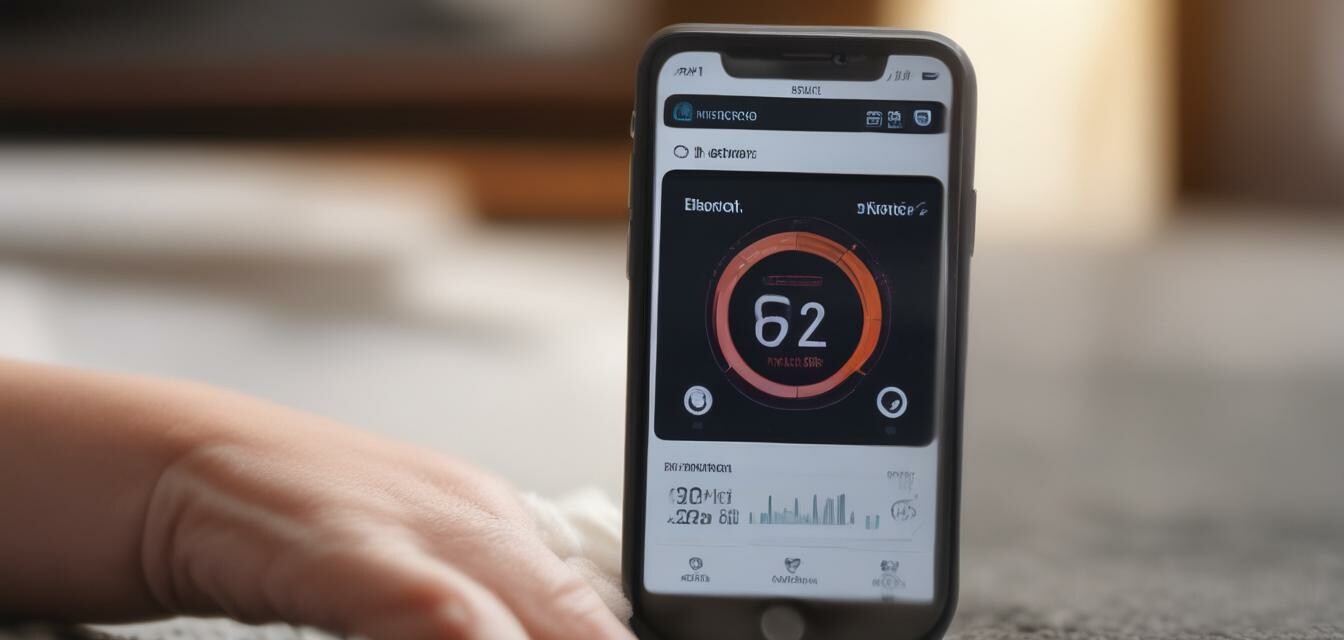
Explore our collection of weather stations with mobile connectivity, including wireless weather stations, smart thermometers, and more.
